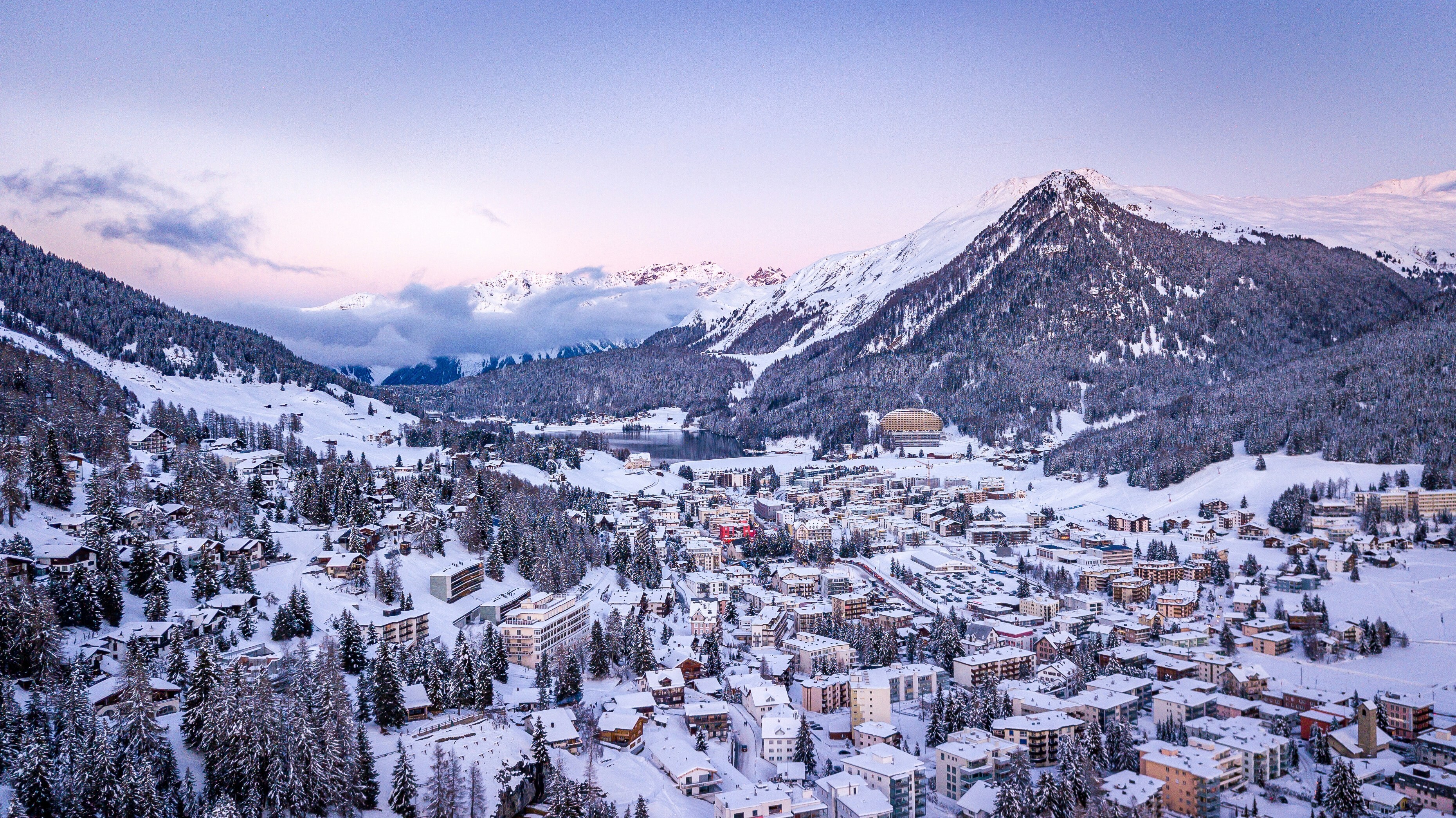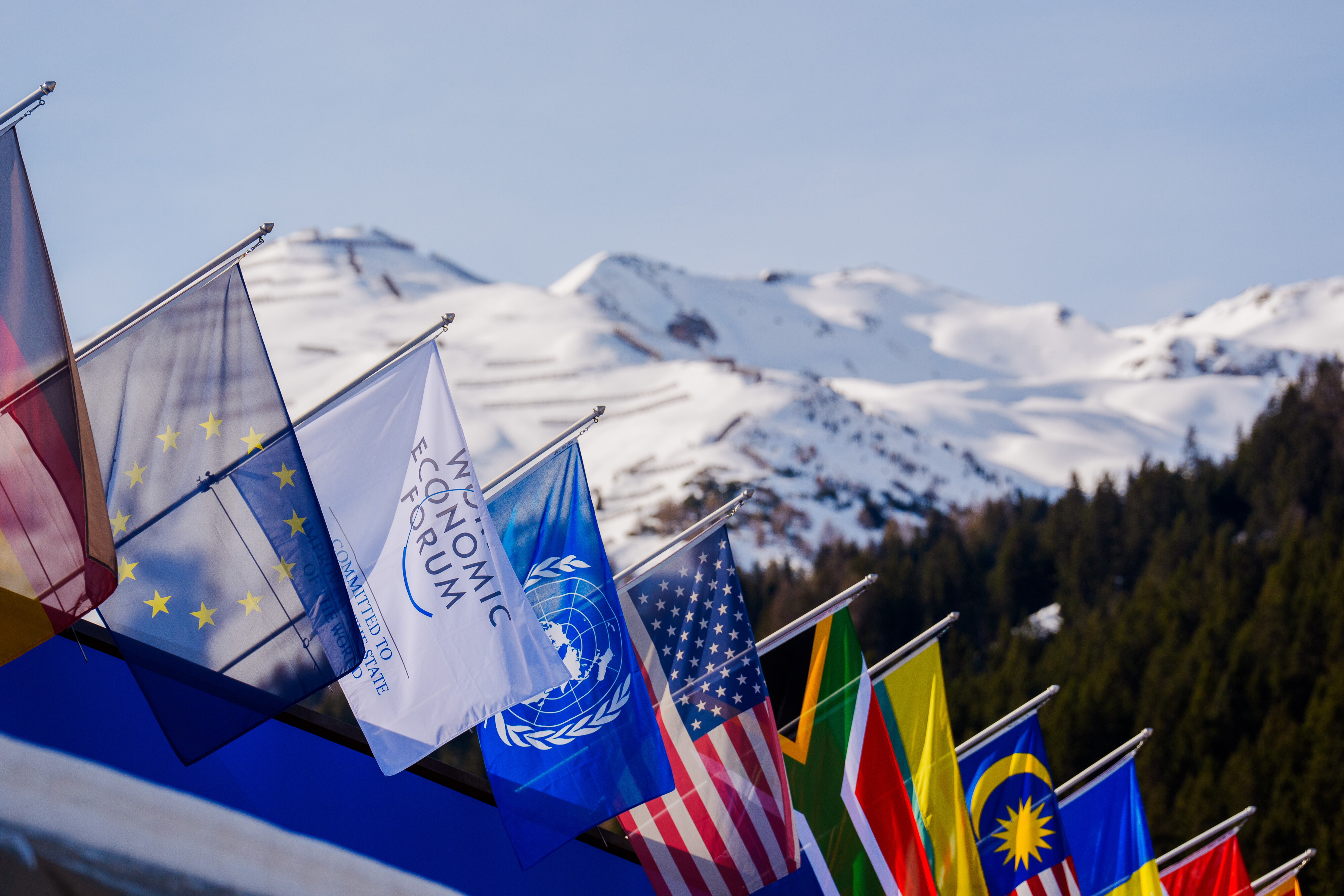Conservation is not enough - we need to restore the Amazon forest

Forest restoration is essential to prevent the Amazon from reaching a tipping point that would release more than 200 billion tons of CO2 into the atmosphere. Image: NASA Earth Observatory
Listen to the article
- Approximately 2 million km² of the Amazon forest has been deforested or degraded.
- Forest restoration is essential to prevent the Amazon from reaching a tipping point that would release more than 200 billion tons of CO2 into the atmosphere.
- Restoration requires planning, investment, monitoring and a strong government commitment.
It is estimated that more than 870,000 km² (~87 M ha) of primary forests have been cleared in the Amazon biome since 1985. This area is larger than the territories of France, United Kingdom and Belgium combined. The drivers of forest loss are diversified in the eight countries in which the biome extends: Brazil, Bolivia, Colombia, Ecuador, Guyana, Peru, Suriname and Venezuela, and the French overseas territory of French Guiana.
The main driver of forest loss in the Amazon is the expansion of the agricultural frontier and the conversion of forests for agricultural uses, mostly pastures and the production of commodities such as soybeans and oil palms. However, other activities also stand out in the dynamics of forest loss in the Amazonian countries, such as logging and the exploitation of minerals, gas and oil. In the Peruvian Amazon, for instance, gold mining is one of the main drivers of deforestation.
Most deforestation is done illegally. In the Brazilian Amazon alone, for example, it is estimated that more than 98% of deforestation took place without study or approval by the responsible agencies. In countries such as Colombia, Peru and Bolivia, illegal activities also put strong pressure on forests.
Degraded forests comprise an area even larger than the deforested area and are estimated to extend to around 1 million km2 by 2017. From 2007 to 2019, the total deforested area in the Brazilian Amazon was 99,630 km² whereas the area under degradation was twice as large (198,059 km²). Forest degradation is caused by many factors, among them, selective logging, wildfires and forest fragmentation.
The changes in forest structure and surface energy balance can alter critical ecosystem functions that ensure the maintenance of forests and give them high ecological value, such as the ability to cool the surface, buffer climate extremes and wildfires, store large amounts of carbon and recycle nutrients and rainfall. All these admittedly enormous functions performed by the Amazonian forests benefit all humanity.
An economy of the standing forest
Together, the deforested and degraded forest area in the Amazon biome reach approximately 2 million km², that is, around one-third of the Amazon forest has suffered or continue to suffer some type of human disturbance. These open and degraded lands can be a valuable and underutilized input for carbon markets and agroforestry systems to achieve dual objectives: conserving remaining forests and building sustainable market chains for biodiversity products that generate employment opportunities for local populations, creating socioeconomic development while restoring the Amazonian ecosystems. In sum, they are essential for the development of the new standing forest bioeconomy in the Amazon.
Have you read?
Forest restoration is urgently needed to reconnect Amazonian ecosystems and its goals vary according to land use category. Restoring biodiversity and ecological function to as close as possible to the remaining forest may be a goal within protected areas managed mainly for wilderness protection. Meanwhile, recovering carbon stocks can be a goal in forest cover which is not fully protected by legal compliance.
Forest restoration requires planning, investment, monitoring and especially a strong government commitment to large-scale restoration in the Amazon. Planning requires, among other things, the identification of areas that will become priority for restoration initiatives.
From Arc of Deforestation to Arc of Restoration
Deforested areas should be a priority not only because of their greater need for restoration, but also because of their level of vulnerability in the face of climate change scenarios. In Brazil, historically, deforestation has been concentrated on the border of the Amazon biome, an arc-shaped region that is particularly fragile because it makes the transition between the Amazon and Cerrado biomes, where ecological and climate dynamics are more complex. However, due to intense deforestation and the occurrence of fires, this zone is also known as the Arc of Deforestation.
Studies have pointed out that changes in the climate of this region have already started, which is evidenced by the increase in the number of dry days and shortening of the rainy season. Additionally, this region started to emit more CO2 than its absorption capacity.
The Arc of Deforestation can be extended to other Amazonian countries, reaching the area of intense deforestation in the northern region of Bolivia and central Peru, forming a large arc in the south of the Amazon biome. Another arc can be identified in the eastern foothills of the Andes, where deforestation has intensified. Both zones must be converted into “Arcs of Restoration” and become priorities for restoration initiatives.

The cost of restoring the Amazon forest
Another aspect that needs to be considered is the great effort to map the areas subject to forest restoration and calculate the implementation costs. Depending on the type of regeneration, the cost per hectare in the Amazon can vary from around $50 (natural regeneration) to approximately $2,000 (total replanting). Considering only the area deforested between 2019 and 2022 in the Brazilian Amazon, which adds up to more than 4 million ha, the cost of restoration would be around $190 million (if restoration were done only through natural regeneration). An even larger sum would be required to restore more than 9 million ha of forest, if we consider the deforestation of the last decade (2012 to 2022) in the Brazilian Amazon. However, given the complexity of land use and degradation over time in deforested areas, restoration may require more complex techniques than natural regeneration, raising costs and requiring investments of around $20 billion.
Such amount requires a great effort to obtain funds for investment in restoration in the Amazon. There could be additional costs for preparing the infrastructure for restoration, such as seedling production, technical training and monitoring systems to ensure the protection of areas undergoing regeneration. On a positive note, the cost of regeneration of deforested areas in indigenous territories and protected areas could be lower given the compliance with legislation in these areas.
What’s the World Economic Forum doing about deforestation?
We need government commitment at all levels
A large-scale restoration project in the Amazon would disrupt forest conversion dynamics that have prevailed in the region for decades. For this reason, the commitment of national and regional governments is critical to support restoration initiatives, particularly on non-designated lands that could be converted into protected areas and considered priority areas for restoration, and rural settlements where restoration could be associated with agroforestry systems, representing not only a gain for the climate and biodiversity, but also income and food security for thousands of families.
Restoration initiatives are urgently needed because although forests sequester a large amount of carbon during their growth, biodiversity takes time to be reestablished and hardly compares to the initial standards of an undisturbed primary forest. In addition, a large restoration program can support sustainable production chains; for example, with the inclusion of products from agroforestry or even the inclusion of restoration projects in the dynamics of carbon credits and biodiversity.
Forest restoration is not simple. It takes time, work and investments. Considering global environmental changes scenarios, however, it is a path we must inevitably take immediately. They are essential to prevent the Amazon from reaching a tipping point that would cause more than 50% of the forest system be turned into open canopy degraded ecosystems, releasing more than 200 billion tons of CO2 into the atmosphere.
Don't miss any update on this topic
Create a free account and access your personalized content collection with our latest publications and analyses.
License and Republishing
World Economic Forum articles may be republished in accordance with the Creative Commons Attribution-NonCommercial-NoDerivatives 4.0 International Public License, and in accordance with our Terms of Use.
The views expressed in this article are those of the author alone and not the World Economic Forum.
Stay up to date:
Climate and Nature
Forum Stories newsletter
Bringing you weekly curated insights and analysis on the global issues that matter.
More on Forum in FocusSee all
Anna Bruce-Lockhart and David Elliott
December 17, 2025






